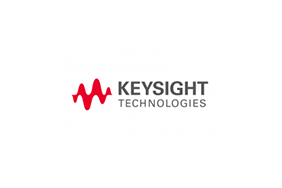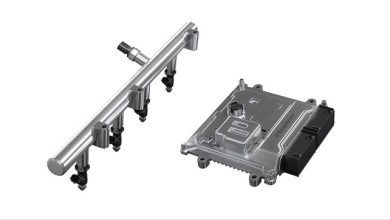Keysight empowers University of Stuttgart’s 6G integrated circuits research

SANTA ROSA, Calif., August 23, 2023 /CSRwire/ – Keysight Technologies, Inc. is enabling the University of Stuttgart to conduct foundational research essential to development of new integrated circuits (IC) for 6G technology with the new Keysight 6G Vector Component Analysis (VCA) solution. This is the latest collaboration from Keysight and the University of Stuttgart’s long-time research relationship.
The collaboration has supported the University of Stuttgart in establishing Crosslink. As a result, this is a versatile multiplexing platform for synchronous time-and frequency-domain analyses of ultra-broadband communication channels. The Keysight VCA solution supports Crosslink by integrating sub-terahertz (sub-THz) vector network analysis with wideband modulation capabilities. This combined capability enables unprecedented radio frequency (RF) component characterization under full complex modulated conditions. Consequently, the result is industry-first, best-in-class noise and linearity performance for analysis of wideband, high-frequency modulated performance of components, circuits, and transceivers. By using VCA, researchers can make significant leaps in the development of the next-generation amplifiers, filters, antenna systems, and components. They can also advance the channel modeling and sounding needed for 6G networks.
The Keysight VCA measurement solution used for Crosslink integrates an N5245B PNA-X Microwave Network Analyzer and an M8199A Arbitrary Waveform Generator (AWG). It also includes broadband modulation distortion vector network analyzer (VNA) application software, as well as vector signal analysis (VSA) software. The system is complemented by Virginia Diodes (VDI) frequency extenders, allowing operation up to 330 GHz.
The Keysight and University of Stuttgart collaboration supports a large-scale equipment initiative funded by the German Research Foundation (DFG). The initiative aims to ready us for a future of high data rate growth, novel electro-optical fibers, and wireless systems. It also considers the possible use of sub-THz radio frequency bands. It supports the industry’s vision of rolling out sustainable, agile, low latency, and high-speed 6G wireless communication networks. Furthermore, achieving this goal involves developing energy-efficient, next-generation ICs
University of Stuttgart Professor Ingmar Kallfass said: “In collaboration with Keysight, we’re creating an innovative measurement platform that covers a large variety of measurement configurations. Moreover, this platform allows us to evaluate the suitability of ultra-wideband channels for wireless THz communications.”
Giampaolo Tardioli, Vice President for Keysight’s 6G and Next Generation program, said: “Keysight is excited to collaborate with cutting-edge research teams using the latest measurement capabilities for the sake of advancing sub-THz technology. This collaboration is aimed at shaping the future of digital technology and driving innovation. By playing an active role in accelerating 6G research, we’re helping the wireless industry in Europe and other regions achieve competitive technological proficiency. This proficiency is essential in attaining economic prosperity.”




